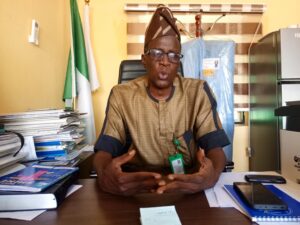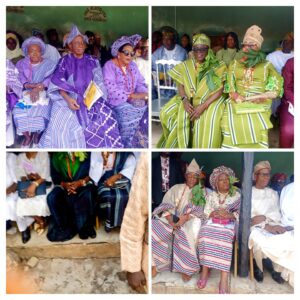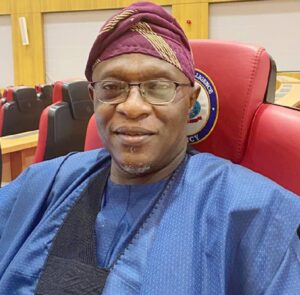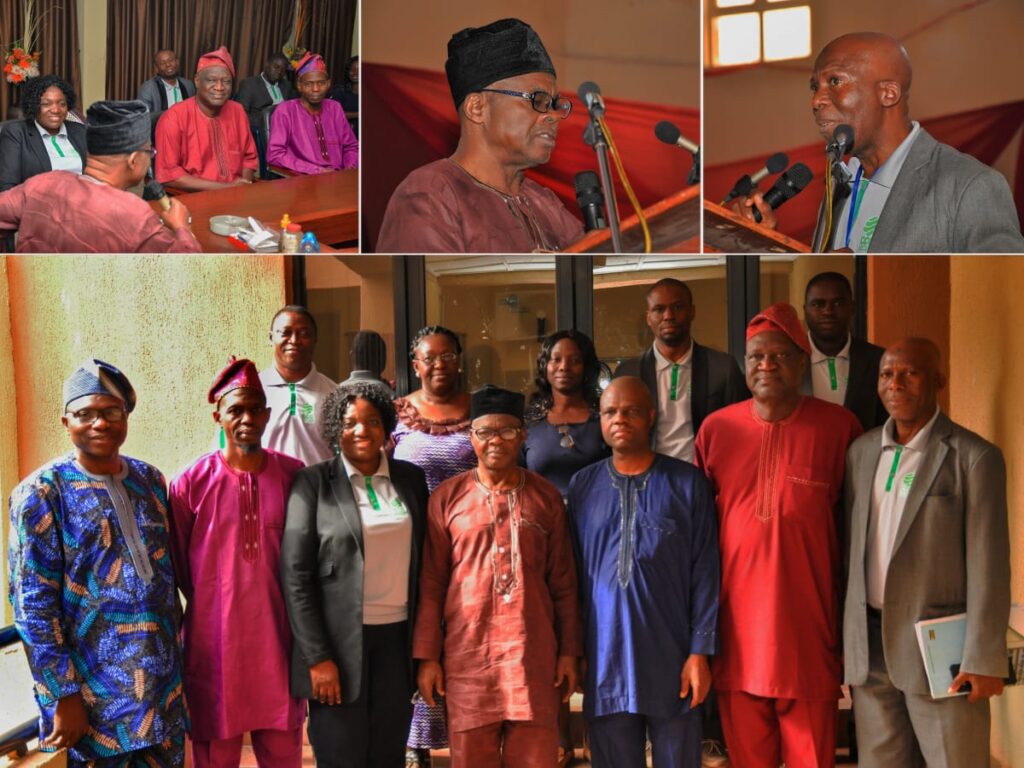
By Sunday ADEPOJU
The Cement and Concrete (CEMCON) Research Group of Ladoke Akintola University of Technology (LAUTECH), Ogbomoso has collaborated with the Sustainable Green Concrete Research Group (SGCRG) of the University of South Africa (UNISA), South Africa to host the first International Conference on Advances in Cement and Concrete Research (ICASSR 2022).
The conference, which was one of the gains of the Memorandum of Understanding (MoU) signed by the two institutions, held at The Great Hall and The Hall of LAUTECH, Ogbomoso, Oyo State, Nigeria physically and online between Wednesday, November 16 and Thursday, November 17.
Declaring the conference which was themed: “Cement and Concrete Innovative Materials for Sustainable Development” open on Wednesday, the acting Vice Chancellor of LAUTECH, Prof. Majeed Liasu, said, “Concrete is the most commonly used construction material throughout the world. There has been an increasing use of concrete in construction industries worldwide due to its excellent mechanical properties.
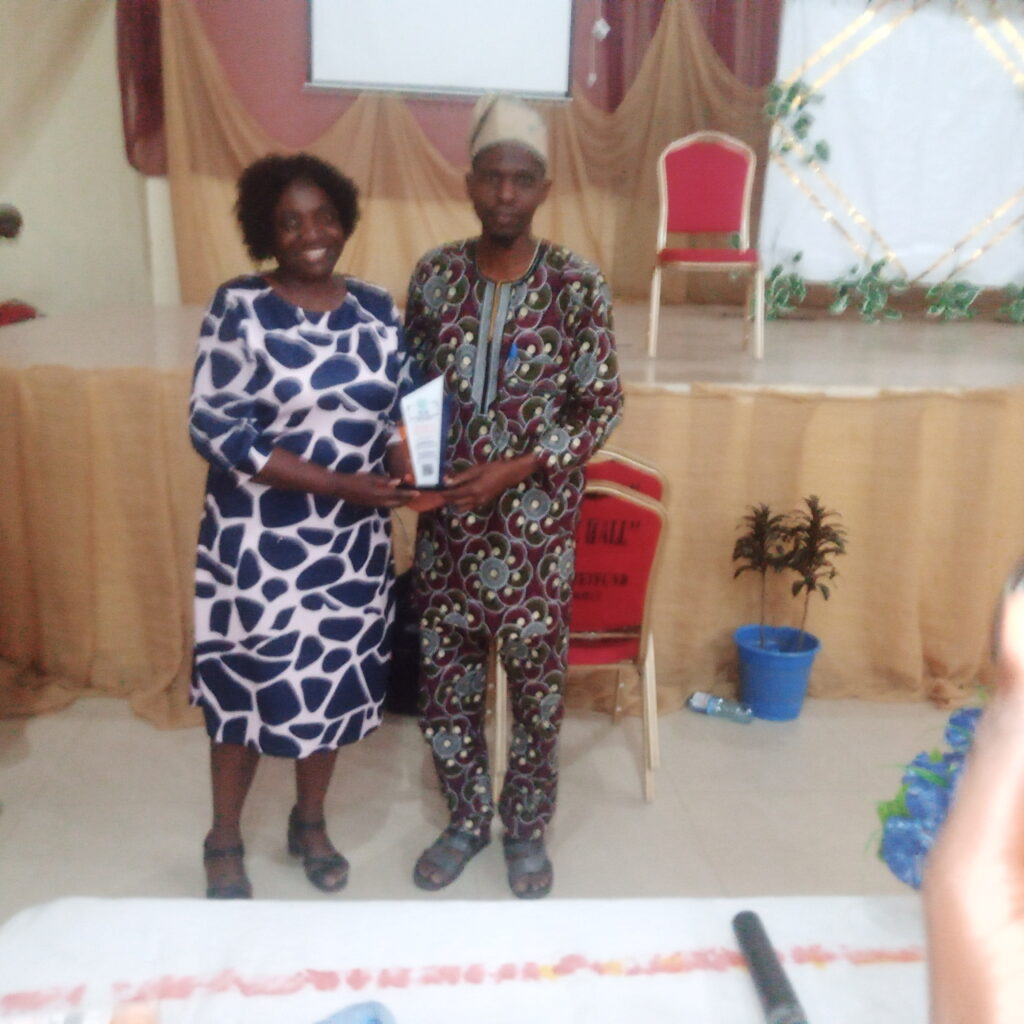
“As a result of the high demand for concrete, the main ingredients, cement and aggregates, are becoming very expensive to procure. The price of cement has continuously been on the increase for sometimes now. Thus, any research that looks into partial or total replacement for cement in concrete is a welcomed development.
“This is the concern of CEMCON Research Group in LAUTECH which was officially inaugurated last year. The supplementary cementitious materials (SCM) that have been studied are corn cob ash (CCA), rice hush ash (RHA), wood ash (WA), neem seed husk ash (NSHA) and Metakaolin. Efforts are on to use these SCM in large quantities and also engage in factory production of blended cement.
“This first edition of the conference is to discuss innovative materials that are used in cement and concrete. It is expected that subsequent editions, on a yearly basis, would x-ray further progress made in the field of cement and concrete research for sustainable development. We hope that in the nearest future, LAUTECH would become a centre of excellence in cement and concrete research. On that note, I hereby declare this year’s conference open.”
The chairman of the conference and lecturer at the Department of Civil Engineering, LAUTECH, Prof. Akeem Raheem, stated, “The idea of the conference emanated from my one year research visitation to UNISA in 2018. Due to the warm reception and good working relationship I had with my host, Prof. Bolanle D. Ikotun, we agreed to continue engaging in collaborative research after the program. While I formed the CEMCON Research group in Nigeria, she formed the SGCRG in South Africa. Today, we are witnessing the first product of that collaboration.
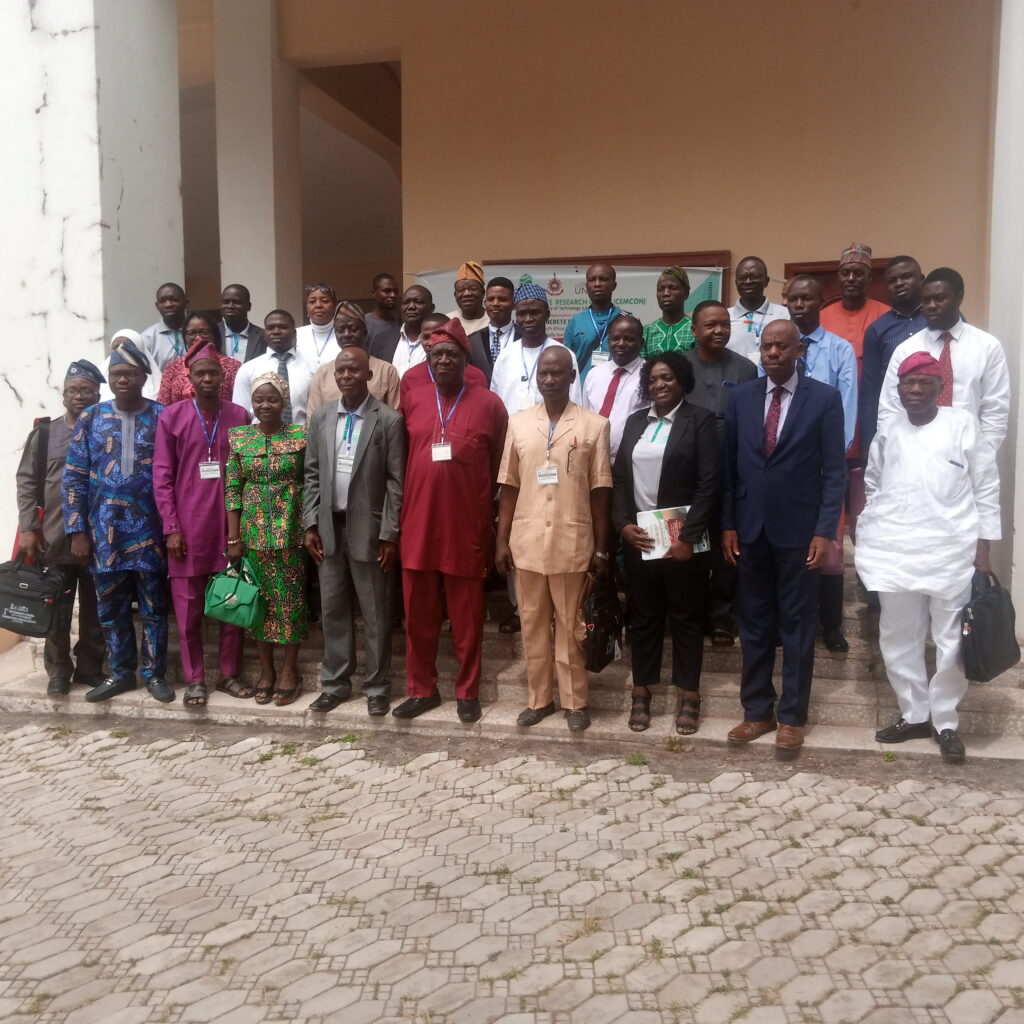
The two-day conference had the following as keynote speakers: Prof. Daman Panesar of the Department of Civil and Mineral Engineering, University of Toronto, Canada; Prof. Festus Olutoge, the Head of Civil and Environmental Engineering, University of West Indies, Trinidad and Tobago; Dr Ahmed Ash of the School of the Built Environment & Engineering, Leeds Beckett University, UK; Dr Adelaja Osofero, School of Engineering, University of Aberdeen, United Kingdom; Engr Yusuff Femi, Head of Mortar, Innovation & New Products Development, Lafarge Africa Plc., Nigeria.
For the first keynote presentations chaired by Prof. T.J Afolabi, Prof. Panesar addressed the topic “Our Concrete Infrastructure: Navigating a Plethora of Options to One Responsible Solution”. Engr Yusuff dwelled on “Cement Application, Specifications and Impact on Concrete Properties” and Dr Osofero spoke on “Construction Materials for Sustainable Development”.
The second keynote session which was chaired by Prof. O.O. Ogunleye and held at The Hall, LAUTECH had “The Role of Concrete in the Achievement of Sustainable Construction” by Prof. Olutoge and “Lime as an alternative for cement in mortals” presented by Dr Ash.
Prof. Raheem who expressed gratitude to the reviewers said, “Members of the International Scientific Committee that reviewed the papers were drawn from higher institutions within and outside Nigeria. A total of Seventy Two (72) papers were accepted for presentation at the conference. I want to thank the University administration for their support in making the conference a reality. We also appreciate our sponsors for their generous donations.”
Among others, the sponsors of the conference included Lafarge Africa Plc, Craneburg Construction Company, Ejide Nigeria Ltd.
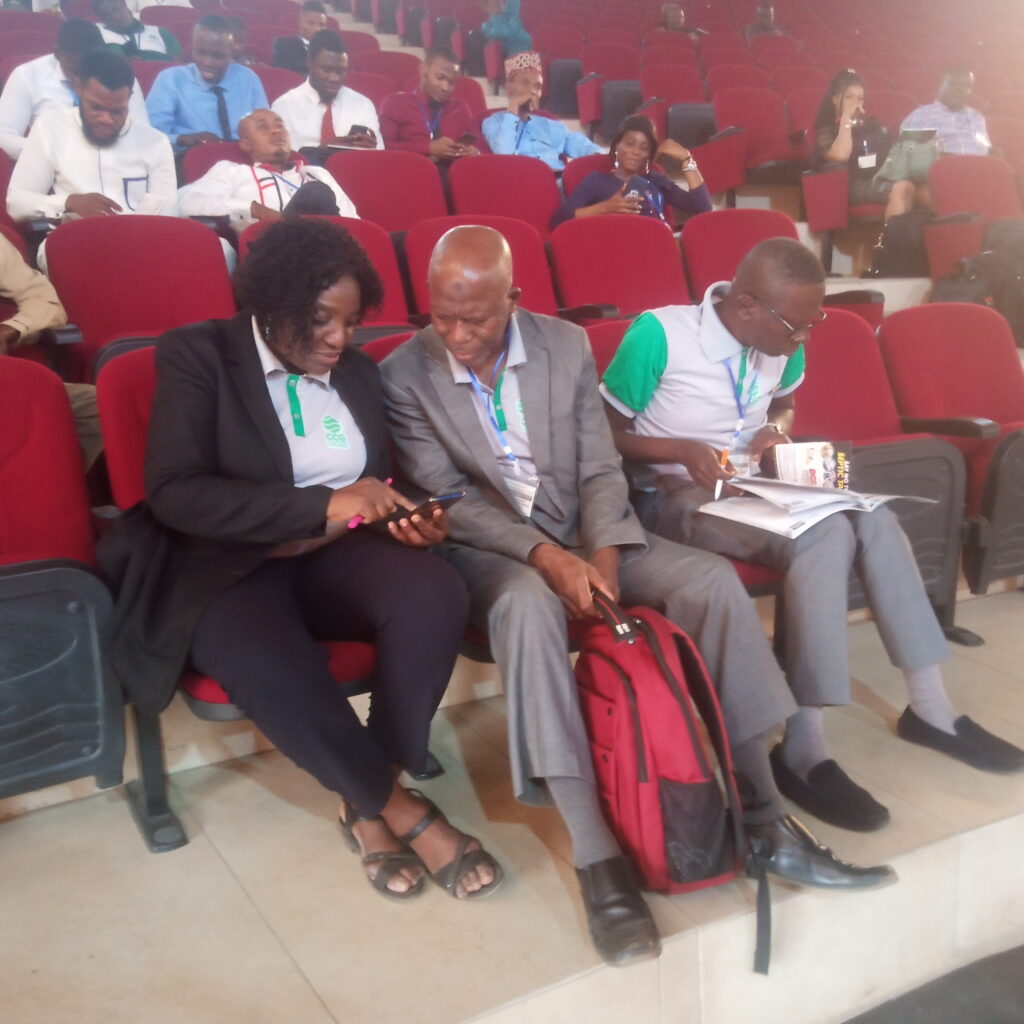
At different levels, participants at the conference, physical and online, raised issues on the implementation of most of the findings of the studies presented. For instance, via zoom, Dr Osofero said that researchers must have in mind the practicality of research as a way of solving problems, and not just for promotion in the service.
Speaking with PANNIGERIANEWS.COM in Ogbomoso, Prof. Raheem emphasised that agricultural and industrial wastes could be used as alternative materials for cement.
He said, “This conference is basically a specialised one. You will agree with me that cement is the major component in concrete and the most expensive concrete materials. We are looking at how we can make cement sustainable. The production of cement emits a lot of green gas, carbon dioxide and so on. We are looking for a way that emission can be reduced to the barest minimum. And we are trying to see materials that can be used as supplementary or alternative to cement. These are ashes from agricultural or industrial waste. Here we talk about fly ash. This is common in industrialised countries where they use coal in powering their generating plants.
“So, rather than disposing the fly ash and constituting nuisance, we can now use it as supplement in cement. In this case, it is cost-effective to use such wastes.”
Lauding the sponsors of the conference, Prof. Raheem stated, “We thank all our sponsors and that is why we are making them ambassadors. This is not a one off thing. We want a symbiotic relationship wherein they can also come as we continue the scholarly discussion some other time to practicalise what we have been talking about in theory.”
Towing the same path, the co-chairman of the conference and Nigerian don at the University of South Africa (UNISA), Prof. Bolanle Ikotun, stressed on the synergy between the academics and the industry to address cement and concrete issues, especially the alternative to cement.
She explained, “Let us look at the interests of the industry and academics. We can now see how research can connect them together. The interest of the former is to make money. Whatever they work on must be something that will bring income to them. That is why researchers in the academics must also tailor their research in such a way that it has a commercial value. What we have had over the years is that research in the academics has not had their way through to the industry in term of being acceptable in the industry.”
Speaking on alternative materials for cement, Ikotun said, “As far as concrete/cement is concerned, there are so many research works, especially in the alternative materials for cement. We want to reduce the content/quantity in concrete as a material because cement has been known to contribute to carbon dioxide emission that we want to reduce. But the research has not actually seen the practicality effect in the Nigerian industry. For example, let me give an example of South Africa. Fly ash is an industrial waste. But now as I talk, fly ash is part of blended cement being produced by the cement industries in South Africa. Hardly will you see cement that does not have a blended material. The percentages may vary, though.
“But in Nigeria, I have not really seen that transition. Here in Nigeria, we don’t have fly ash in abundance. There are other things that we can embrace from the research point of view. For example, bamboo is a material that is available in our country. Research has shown that bamboo can be used as a form of reinforcement. This is one of the materials that the industry can look into.
“In this conference, participants have talked about how to practicalise by going to the next phase. So, bamboo is one of the materials that have shown positive results and that can serve as reinforcement. I think the collaboration between the industry and the academics comes from the need to commercialise research and then the industry embracing and applying it. Academics cannot commercialise but the commercialisation part of it is from the side of the industry. So, that synergy between the industry and the academics can now help us to take our research to the next level.”
She added, “We need to know about safety and the research goes further to find out the safety, economy and sustainability of the materials. Durability, sustainability and market survey must be looked into. When the academics get the holistic results, then, the industry can now use the results.
“The industrial and agricultural wastes are the foci of the conference. What can be used in construction are basically agricultural and industrial wastes, and most especially wastes that can be used as a replacement for cement and these are found in agricultural wastes.”
According to the conference’s communiqué made available by Prof. Raheem, “There is limited synergy between the academia and industries. This issue has been affecting the level of researches in the academia as well as the commercialisation of the research outcomes.
“The conference noted that the major solution to the high cost of construction materials as well the sustainability issue of concrete is the application of green concrete by making use of the cheaper and locally available materials. Findings from most of the studies presented at this conference showed that the inclusion, incorporation or addition of some locally available materials such as industrial wastes, agricultural wastes etc. improved the properties of concrete.
“Based on extensive discussion on the application of these locally available materials whose ashes contained high quantities of silica, there is a need to carry out further studies on the long term reactions or effects of silica on reinforced steels.
“There is the need for grant for the construction of prototypes using innovative materials in order to access and determine their responses to real life, climatic and environmental loading conditions.”
Eminent scholars of civil and other engineering fields in and around Nigeria were also in attendance. And there were representatives of the political class, including the conference’s distinguished guest honour, Oyo State Commissioner for Public Works and Transport, Prof. Dahud Sangodoyin.
Speaking earlier at the opening event, Builder Tunde Lasabi, a representative of the chairman of the Council of Registered Builders of Nigeria (CRBN), said a major challenge confronting building industry is the avoidable building collapses. He noted that the conference came at a time when Nigeria was yearning for building and infrastructural development.
Lasabi charged other academics in the country to make themselves relevant by embarking on research that is practical and solution-driven.
At the conference dinner, there were cultural presentations by the Akewi Igbala group and followed by award presentations at the closing ceremony. For instance, Sustainable Concrete Award was presented to UNISA as received by Prof. Ikotun on behalf of the institution. She also received award of excellence. Prof. Raheem received award of excellence.
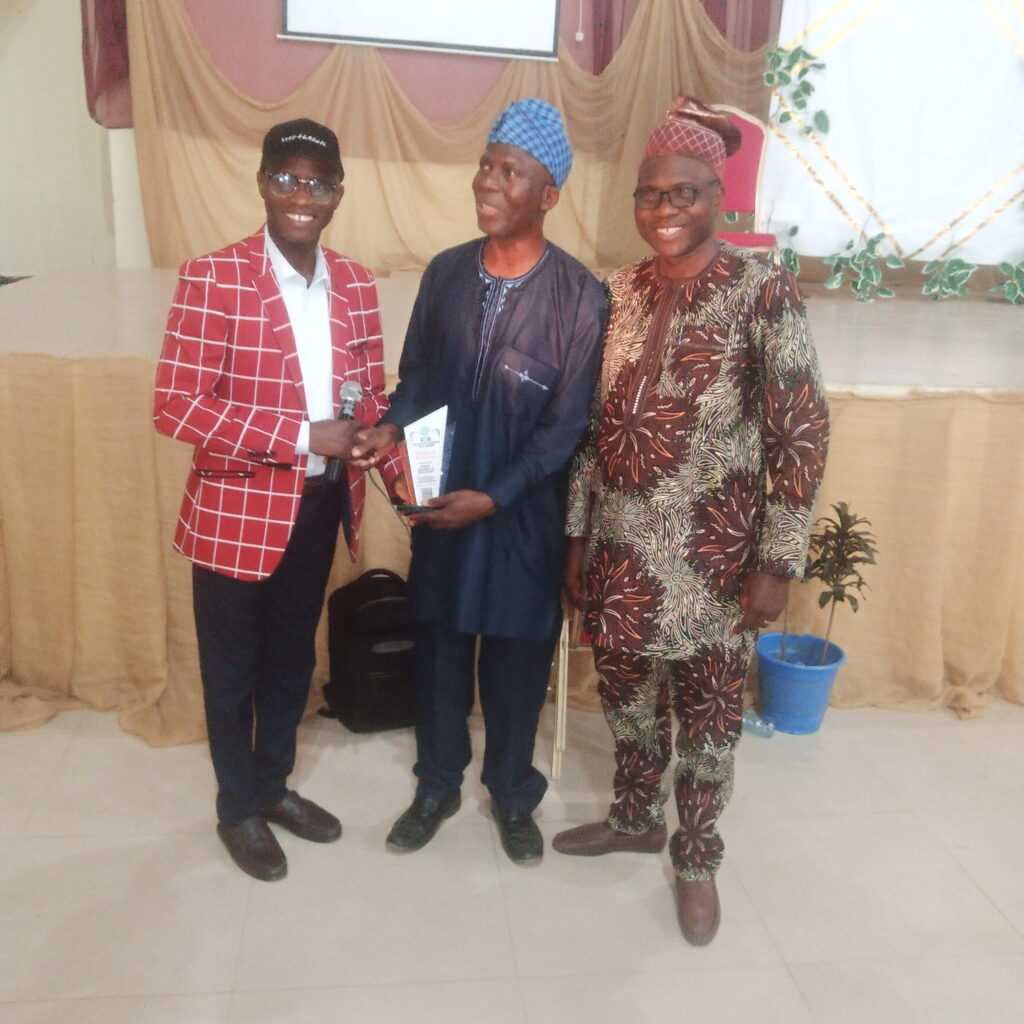
The Director of LAUTECH Medical Services, Dr Sola Onawumi received award on behalf of LAUTECH. Craneburg Construction Company was also awarded.


